Sweet Potatoes
(imo)
Japan Sake and Shochu Makers Association | JSS


The characteristic flavor of shochu comes from its unique composition of aromatic components. The aroma of shochu is diverse and can span widely from fruity and floral to nutty and caramelly. The resulting aromatic profile reflects the base ingredients and the processes in its production.
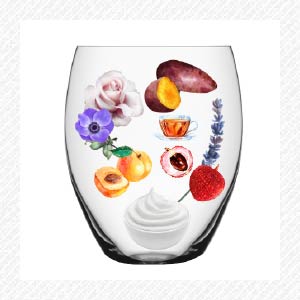
Sweet Potatoes
(imo)

Barley (mugi)

Rice (kome)

Awamori
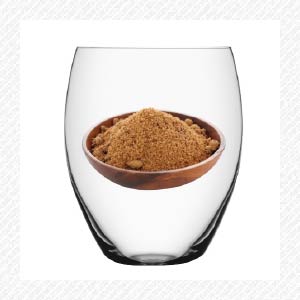
Brown Sugar
(kokuto)

Buckwheat
(soba)
The aromas created by shochu are a result of when various elements from the originating base materials are converted into aromatic compounds during certain steps of the production process.

| Character | Chemical Compound | How it is Produced | Shochu |
 Violet
Violet
|
β-Ionone | Orange sweet potatoes - may be derived from β-carotene. |
Sweet Potato Shochu |
 Smoky
Smoky
|
Guaiacol | Sweet potatoes. | Sweet Potato Shochu |
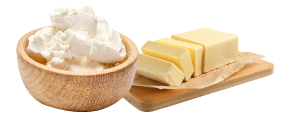 Yogurt/Butter
Yogurt/Butter
|
Diacetyl | Purple sweet potatoes. | Sweet Potato Shochu |
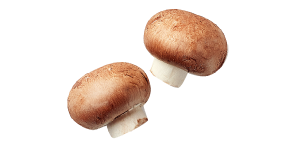 Mushroom
Mushroom
|
1-Octen-3-ol | Koji: Mainly produced by black koji. |
Awamori |
 Banana
Banana
|
Isoamyl acetate | Fermentation: Mainly produced by yeast. |
All |
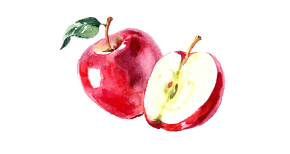 Apple
Apple
|
Ethyl caproate | Fermentation: Mainly produced by yeast. |
All |
 Pineapple
Pineapple
|
Ethyl isobutyrate | Fermentation: Mainly produced by yeast. |
All |
 Nail Polish
Nail Polish
|
Ethyl acetate | Fermentation: Mainly produced by yeast. |
All |
 Floral
Floral
|
Rose oxide | Fermentation & Distillation: An acid catalyst converts citronellol to rose oxide (sweet potato shochu). |
Sweet Potato Shochu |
 Rose
Rose
|
β-Phenetyl alcohol | Fermentation: Production in association with the metabolism of phenylalanine in yeast. |
All |
 Lavendar
Lavendar
|
Linalool | Fermentation & Distillation: Koji enzymes decompose monoterpene glycosides in sweet potatoes. Acid and heat during distillation further convert it to linalool (sweet potato shochu). |
Sweet Potato Shochu |
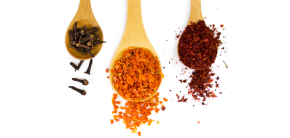 Spicy
Spicy
|
4-Vinylguaiacol(4-VG) | Fermentation & Distillation: Koji enzymes isolate and decarboxylate ferulic acid derived from raw materials. It is also produced by heat during the distillation process. |
All |
 Sulfur
Sulfur
|
S-Methyl thioacetate | In beer, yeast is known to be produced from methanethiol and methionine. |
All |
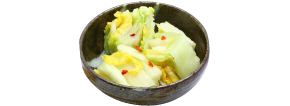 Pickled Japanese
Pickled Japanese White Radish |
Dimethyl trisulfide (DMTS) |
Fermentation: Production may be related to sulfur-containing amino acids in the mash. |
Awamori |
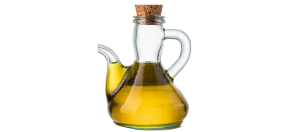 Vinegar
Vinegar
|
Acetic acid | Fermentation: Mainly produced by yeast. |
Brown Sugar Shochu |
 Green
Green
|
Acetaldehyde | Fermentation & Distillation: Produced from amino acids either by yeast or heat during distillation. |
All |
 Pungent
Pungent
|
Isovaleraldehyde | Fermentation & Distillation: Produced from leucine by the yeast metabolism during fermentation. It is also believed to be a product of Strecker degradation by heat during distillation. |
All |
 Ink
Ink
|
Isoamyl alcohol | Fermentation: Produced in association with yeast leucine metabolism. |
All |
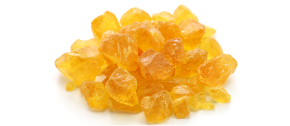 Resin
Resin
|
Caprylic acid | Fermentation: An intermediate in the yeast fatty acid synthesis pathway of yeast. |
All |
 Oily/Soapy
Oily/Soapy
|
Ethyl laurate | Fermentation: Lipids from raw materials are decomposed by enzymes and combined with ethanol to produce ethyl laurate. It is also produced during aging. |
Awamori |
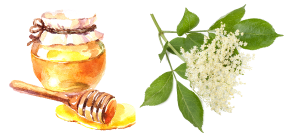 Honey, Elderflower
Honey, Elderflower
|
β-Damascenone | Distillation: Mostly believed to be produced later in the distillation process. The characteristic aroma of sweet potato shochu. |
Sweet Potato Shochu |
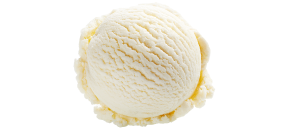 Vanilla
Vanilla
|
Vanillin | Fermentation, Distillation & Aging: Hemicellulose in rice converted by koji enzymes, yeast enzymes, heat in distillation, and long-term aging. It is also widely found in barrel aged alcoholic drinks. |
Awamori, Barrel Aged Shochu |
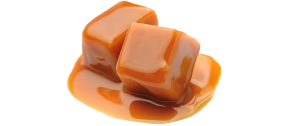 Caramel
Caramel
|
Sotolon | Aging: Produced during the aging of awamori in earthenware pots. |
Awamori |
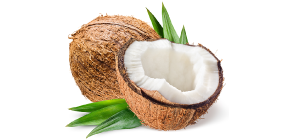 Coconut
Coconut
|
Whiskey lactone | Aging: A characteristic aroma of oak barrel aging and is a result of aging in barrels. |
Barrel Aged Shochu |
 Coffee
Coffee
|
2-Furanmethanthiol | Distillation: Generally produced in the heating process and/or transferred from roasted raw materials. |
All |
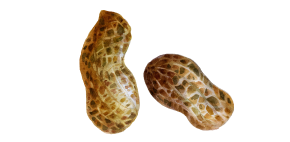 Nutty
Nutty
|
2-Ethyl-3,5- dimethylpyrazine |
Distillation: Produced in the heating process and often found in barley and brown sugar shochu. |
Barley Shochu, Brown Sugar Shochu |
 Smokey
Smokey
|
Furfural | Distillation: Produced by heating sugars under low pH conditions during distillation, and often found in the tail. |
All |
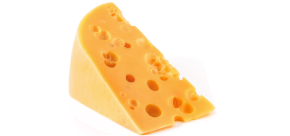 Cheese
Cheese
|
Butyric acid | Contamination: Produced when the mash is contaminated by bacteria. |
- |
 Grass
Grass
|
Hexanal | Raw material/Distillation/Aging: Produced by the decomposition of long-chain fatty acids such as linoleic acid. |
All |
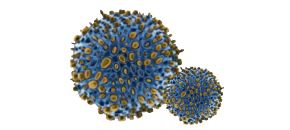 Mold
Mold
|
2,4,6-Trichloroanisole (TCA) |
Contamination: When chlorine-based disinfectants are used for wooden equipment, the precursor is generated and mold converts it to TCA. |
- |